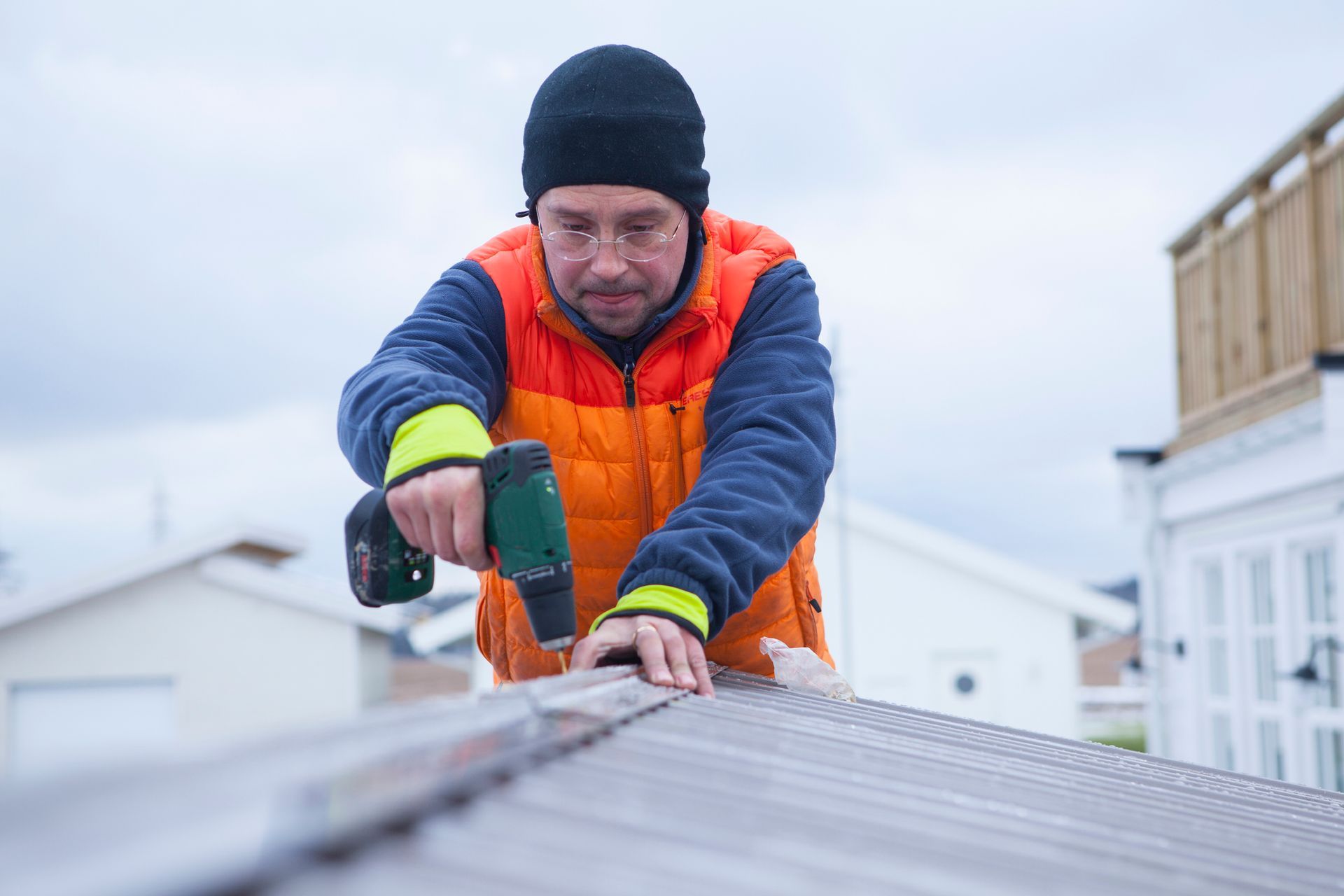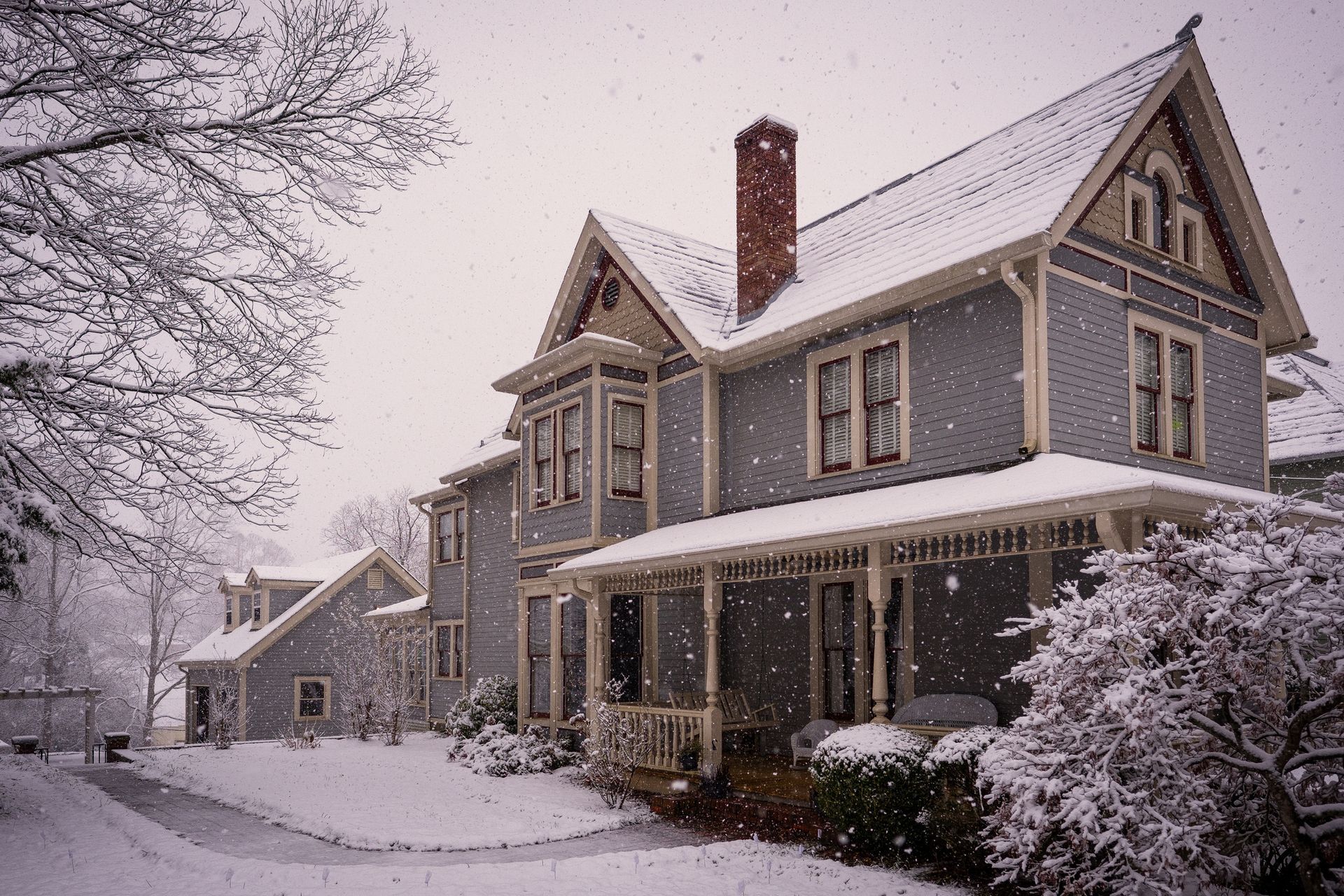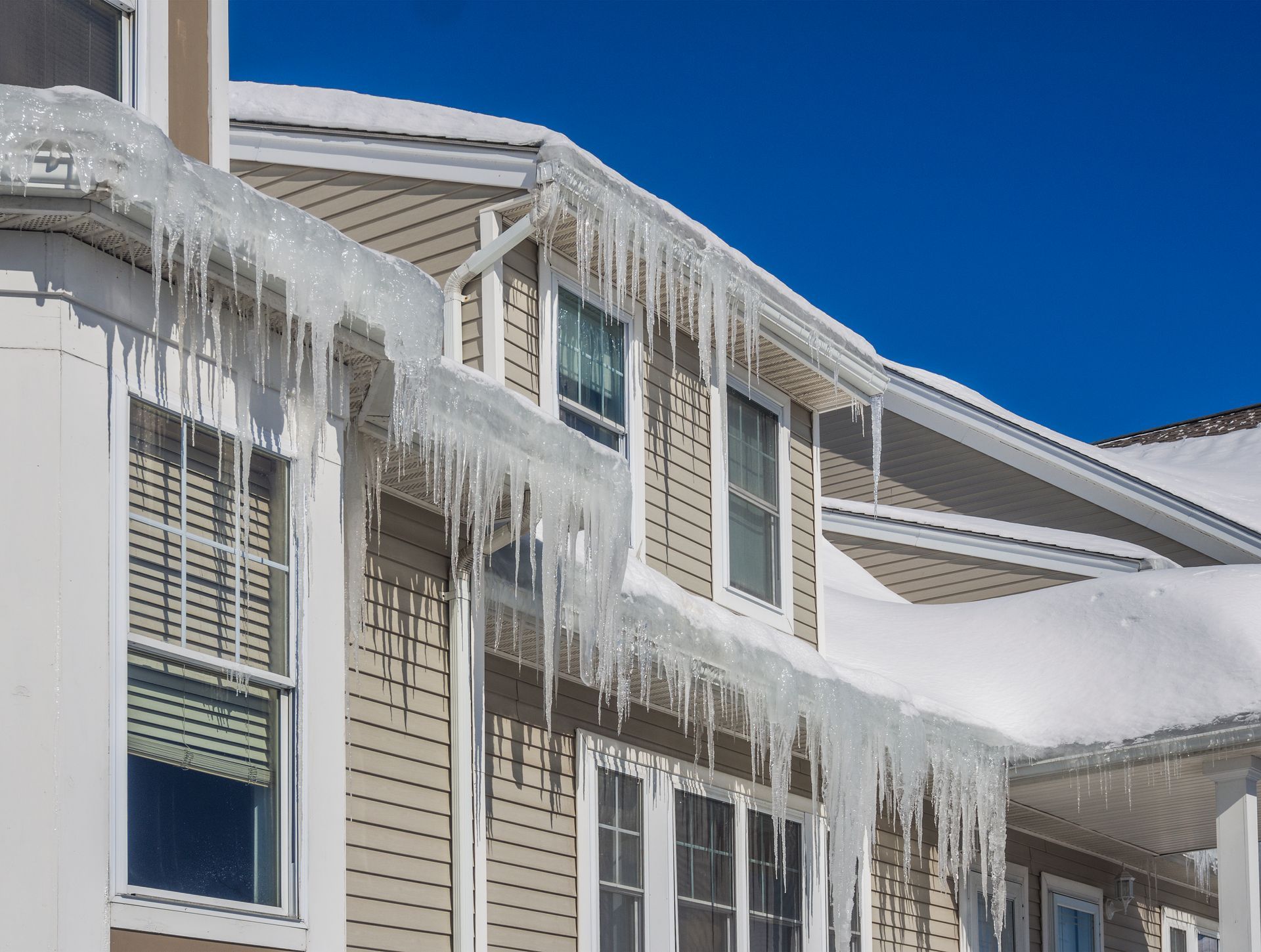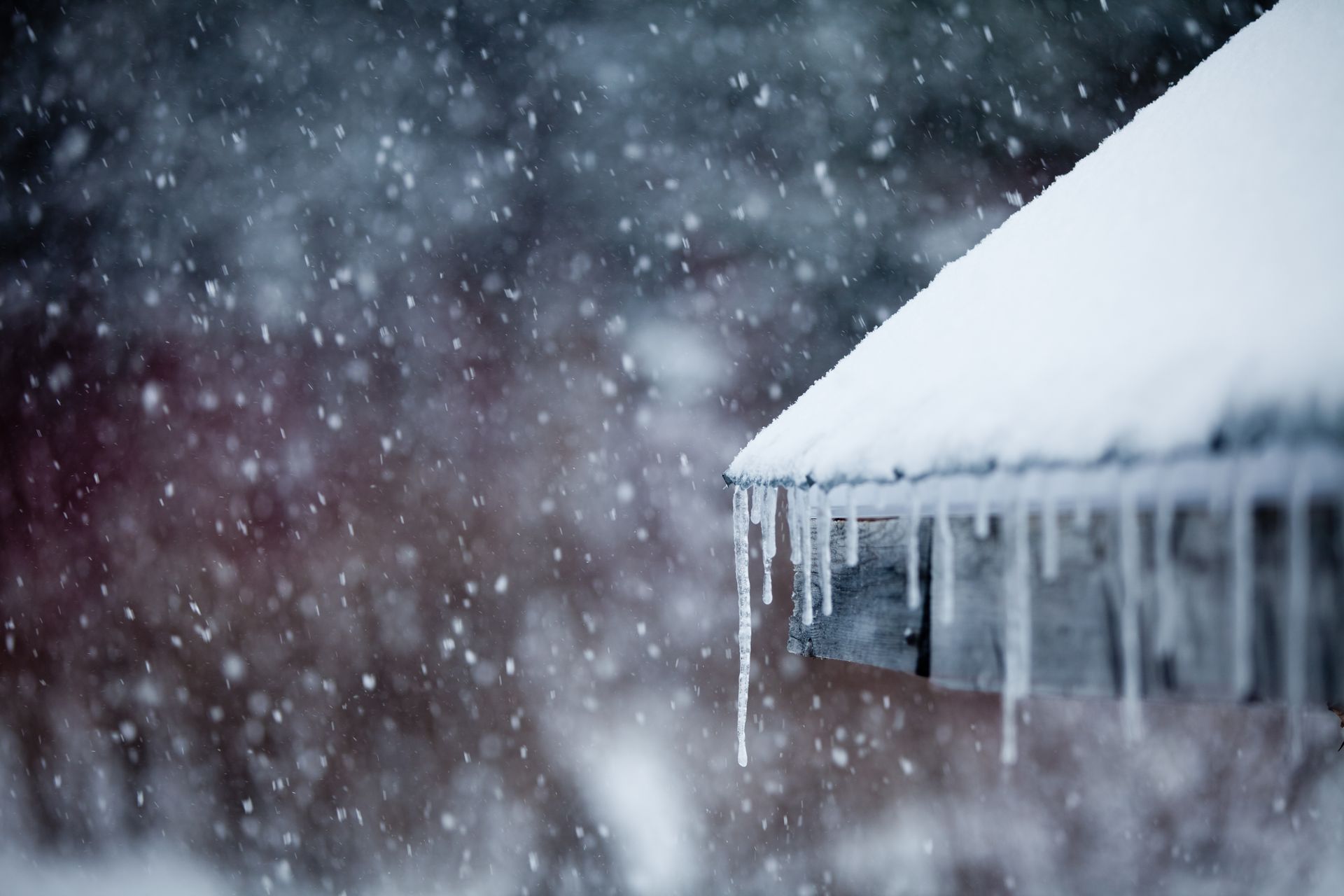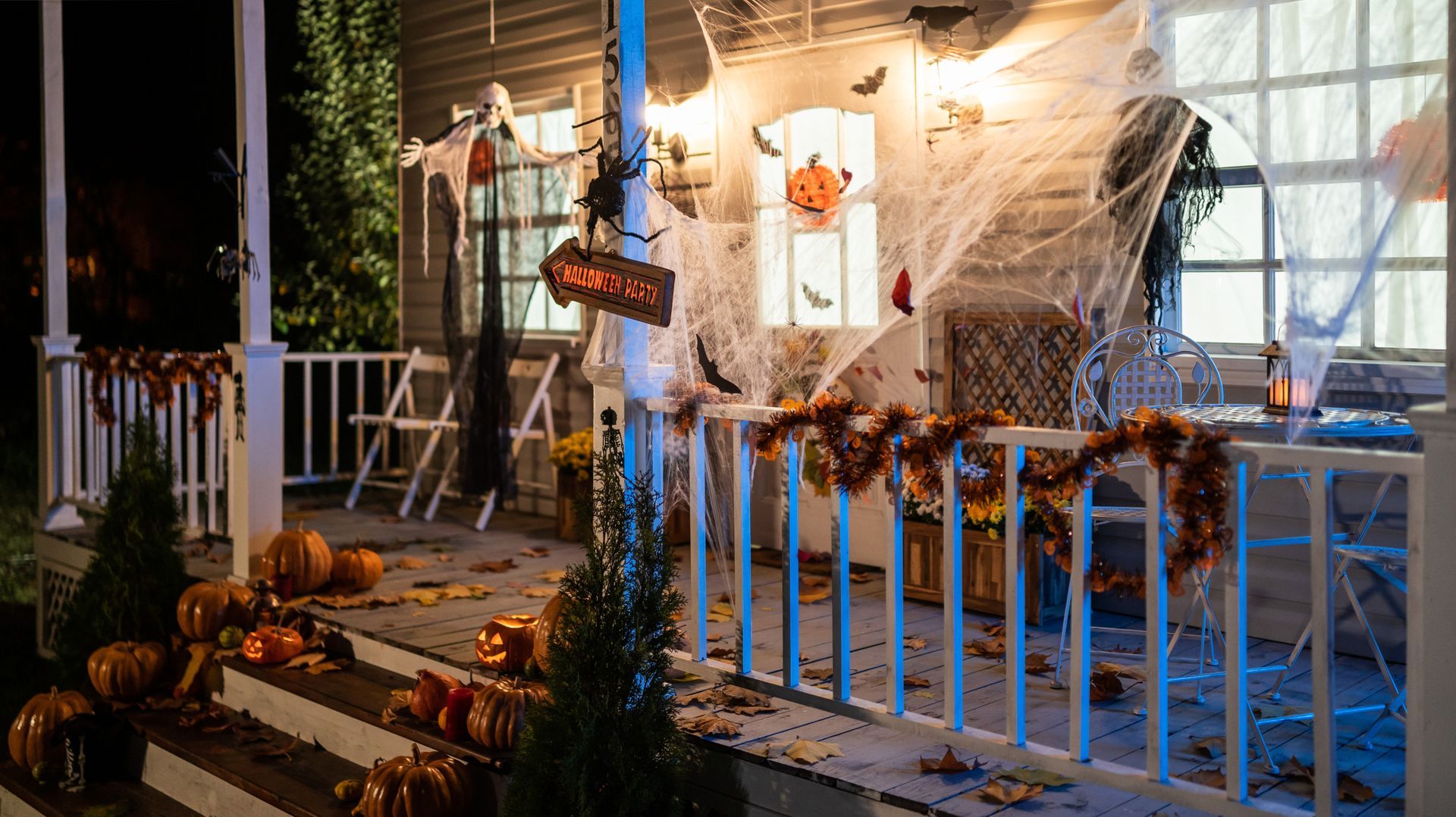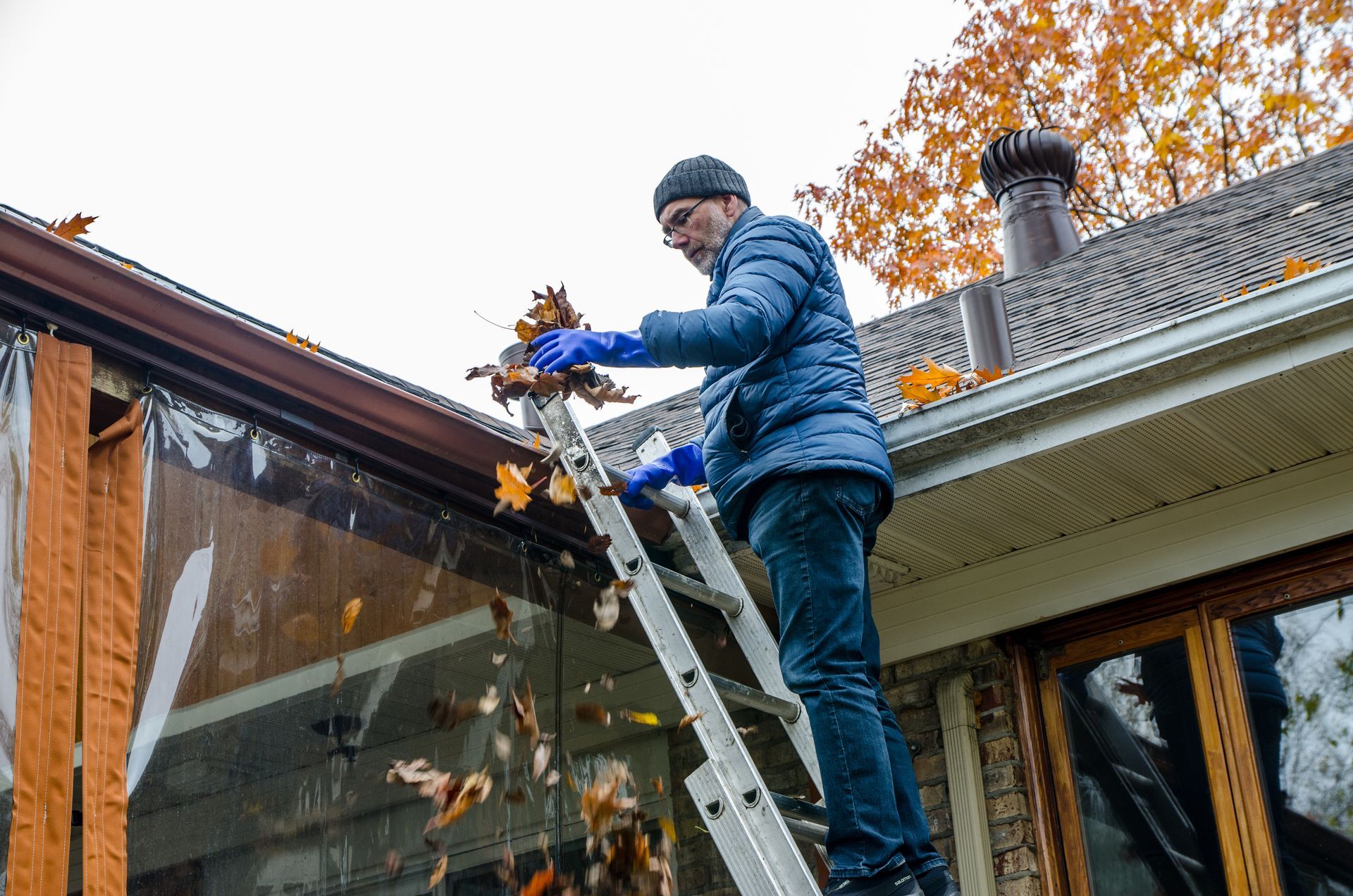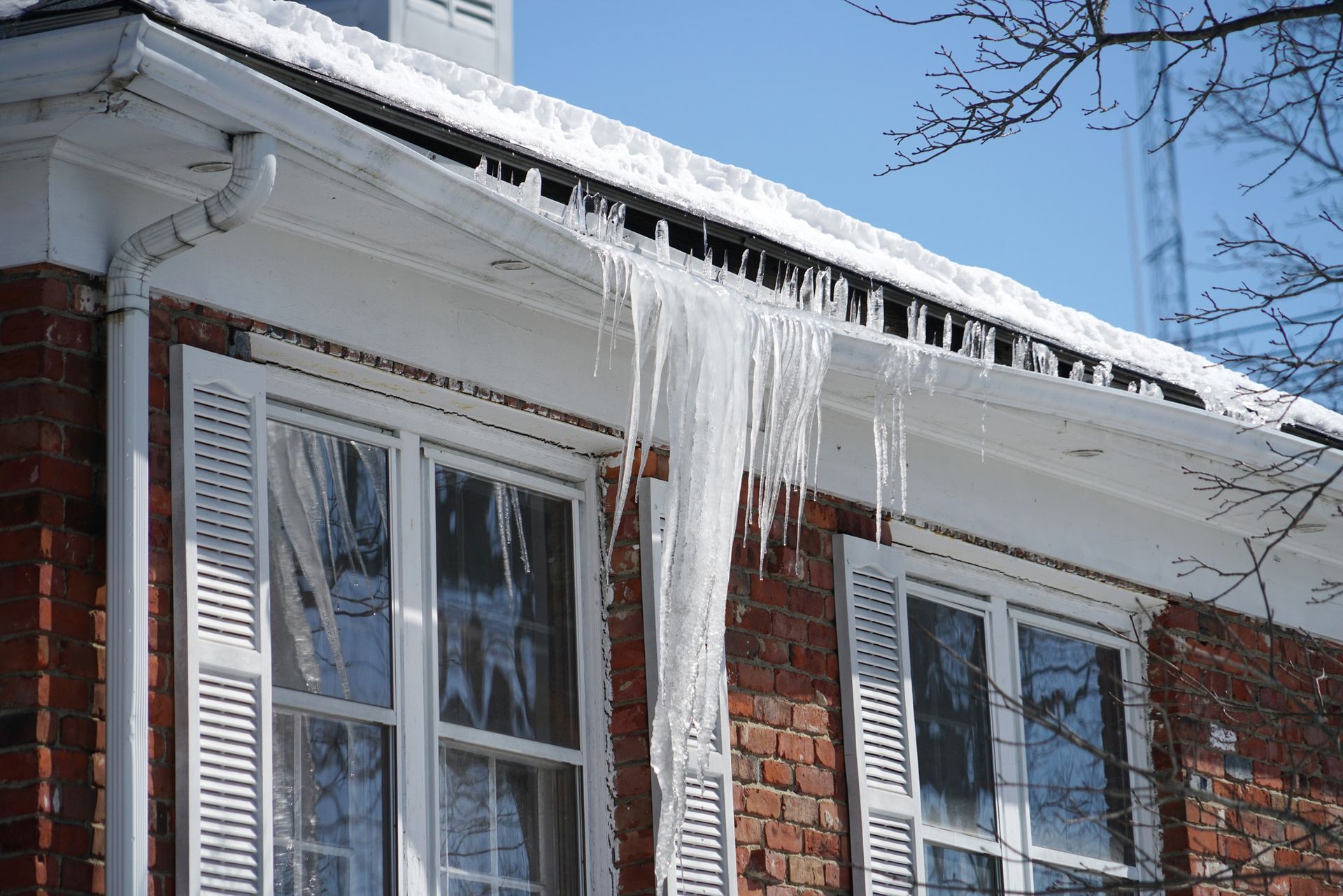Winter can be harsh on your home, and your roof often takes the brunt of the cold season’s impact. As snow, ice, and freezing temperatures put stress on your roofing materials, it’s essential to inspect for potential damage before spring arrives. Identifying and addressing problems early can save you from costly repairs down the line. Here’s how to spot common winter roof damage from the experts at
Final Touch, and what you can do to keep your home safe.
1. Ice Dams and IciclesIce dams occur when warm air from your home melts the snow on your roof, causing water to flow down and refreeze near the edges. This can lead to heavy icicles forming and water seeping under shingles, which may result in leaks and structural damage.
How to spot it:
Look for large icicles hanging from the eaves and ridges of ice buildup along the roof’s edge. You may also notice water stains on your ceilings or walls, indicating trapped moisture.
What to do:
Improve attic insulation and ventilation to reduce heat escaping. If an ice dam has already formed, use a roof rake to remove snow from the edge of your roof and consider hiring a professional to safely remove ice buildup.
2. Missing or Damaged ShinglesStrong winter storms, heavy winds, and the freeze-thaw cycle can cause shingles to loosen, crack, or go missing altogether.
How to spot it:
Check your roof from the ground with binoculars or from a safe vantage point. Look for curled, cracked, or missing shingles. You may also find pieces of shingles in your gutters or yard.
What to do:
If you notice damage, call a roofing contractor to assess whether repairs or a full replacement are necessary.
3. Leaks and Water StainsCold weather can cause small cracks in your roofing materials, leading to water leaks when snow and ice melt.
How to spot it:
Look for water stains on ceilings, walls, or attic spaces. Check for mold growth or damp insulation in your attic, which may indicate a slow leak.
What to do:
Address leaks promptly by sealing minor cracks with roofing sealant or calling a professional for major repairs.
4. Sagging or Structural WeaknessHeavy snow and ice accumulation can put excessive weight on your roof, leading to sagging or even structural failure.
How to spot it:
Observe your roofline from a distance to see if it appears uneven or sagging. Indoors, watch for bowed ceilings or new cracks in walls.
What to do:
Remove excess snow with a roof rake to alleviate stress. If sagging is severe, seek professional help immediately to reinforce your roof’s structure.
5. Clogged or Damaged GuttersWinter debris, ice, and snow can clog your gutters, preventing proper drainage and increasing the risk of water damage to your home.
How to spot it:
Check for ice buildup in gutters, overflowing water, or detached sections of the gutter system.
What to do:
Clean out gutters and downspouts regularly and install gutter guards to prevent blockages. If damage is significant, consider replacing affected sections before spring rains arrive.
Taking the time to inspect your roof for winter damage can prevent more extensive and costly repairs in the future. If you notice any of these issues, addressing them early ensures your home stays safe and dry as warmer weather approaches. When in doubt, consult a roofing professional - like the ones at
Final Touch Construction
- to assess and repair any serious damage before it worsens.
By being proactive, you can extend the life of your roof and enjoy a worry-free transition into spring!


